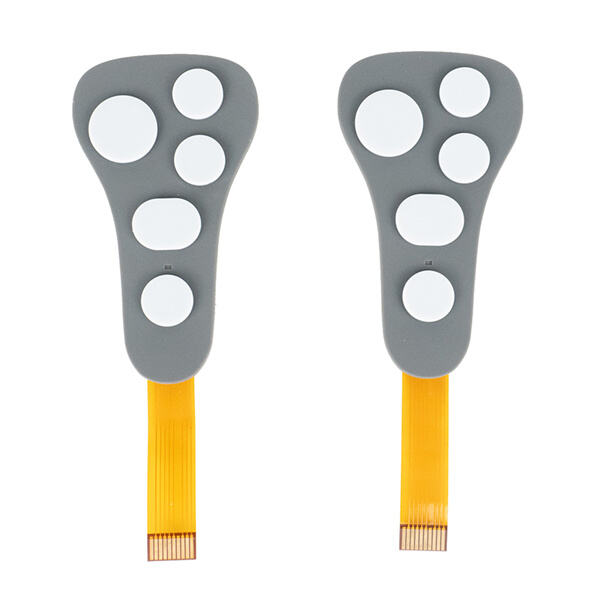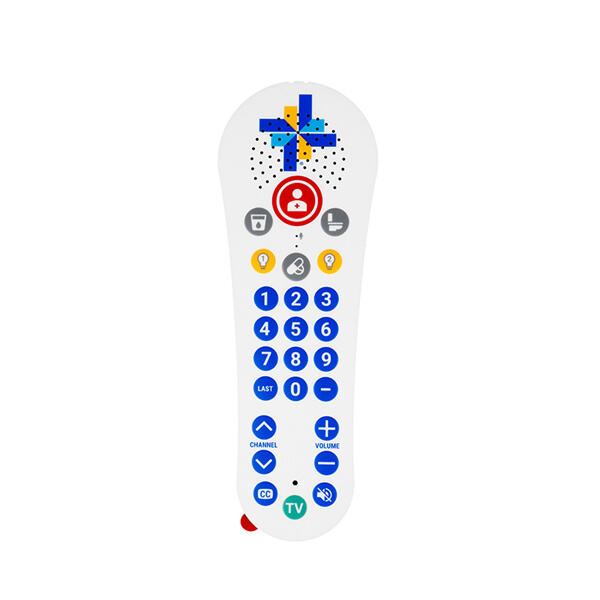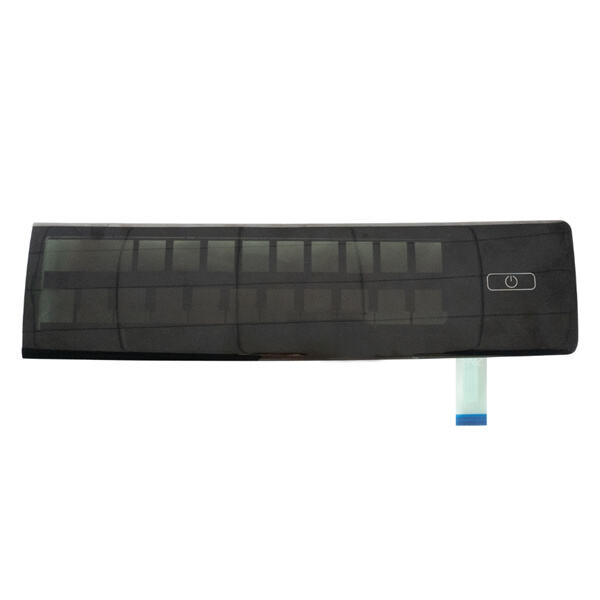Force sensitive resistor sensor : SOUSHINE è un tipo speciale di strumento in grado di rilevare quanto pressione sia stata applicata. Può rilevare lo stringimento o la spinta perché all'interno c'è una sostanza unica che si deforma quando viene applicata pressione (o altre forme di stress). Nella nostra vita quotidiana, possiamo usare così tanti sensori. In questo lavoro mostreremo come funziona un sensore sensibile alla forza, dove può essere applicato (o meno), i pro e i contro del suo utilizzo nella funzione di controllo o di finestra e mostreremo anche alcune curve per capire meglio cosa accade durante l'esecuzione. Oppure puoi imparare da te a casa espandendo ciò che è stato mostrato qui seguendo un altro articolo. Un sensore è una tecnologia che può rilevare le cose intorno a esso. Un sensore resistivo sensibile alla forza rileverà la pressione o misurata in kg della forza applicata a esso come misura quantitativa di cambiamenti, Essi sono fatti di un materiale unico che reagisce e modifica il suo comportamento elettrico quando vengono spinti o compressi. In breve, si tratta di un tipo speciale di materiale formato da piccoli pezzi che si schiacciano insieme solo sotto pressione.
Analizziamolo più da vicino. Ci sono 2 contatti elettrici separati da questo materiale, all'interno del sensore. Se il sensore non è sotto pressione, allora quel materiale blocca il flusso elettrico tra i suoi due contatti. Tuttavia, se premi contro di esso, il materiale in gomma si comprime e ciò spinge le alette configurate come contatti, consentendo così il flusso di corrente. Questo cambiamento di corrente può determinare quanto forte si preme, ed è davvero interessante. Resistore sensibile alla forza applicazione del sensore: Diverse Applicazioni del Sensore a Resistenza Sensibile alla Forza Sensori touchscreen, ad esempio. I telefoni vengono premuti quando tocchi lo schermo del tuo dispositivo. Questa pressione viene rilevata dal sensore, che a sua volta trasmette un segnale al telefono, informandoti esattamente dove hai toccato. Ciò significa che puoi usare il telefono solo con le punte delle dita senza dover cercare uno stilo per touchscreen.

Inoltre, questi sensori vengono utilizzati nei robot. I robot sono necessari per rilevare l'ambiente circostante, come non urtare alcun oggetto, dover affrontare una serie di elementi e così via. A elemento tattile molto utile quando il tuo robot interagisce con oggetti. Un sensore resistivo sensibile alla forza può essere usato per rilevare quando il robot ha toccato qualcosa. In altre parole, se un robot fosse programmato per afferrare un oggetto, questo sensore gli farà sapere quanto forte deve essere la presa senza rompere l'oggetto.

Strumenti musicali sono in una posizione diversa potresti incontrarli. Ci sono sensori sotto le pedane della batteria che informano l'equipaggiamento del musicista quando vengono colpiti con la bacchetta. Questo permette alla batteria di produrre suoni diversi quando viene colpita più o meno forte. Se tocchi la batteria delicatamente, potrebbe essere un sussurro o un colpo forte che fa incassare il tuo assegno per i loro drink. Questo aiuta i musicisti a suonare con diverse dinamiche.

Yoav Eichen, anche all'Università di Tel Aviv e che non ha avuto alcun ruolo nello studio, ha dichiarato: "Altri scienziati stanno cercando di creare sensori ancora più sensibili Sensori di quelli che abbiamo oggi. Tali capacità rendono questi sensori molto più utili in vari settori, poiché possono essere usati per misurazioni precise in strumenti scientifici o dispositivi medici.


Copyright © Dongguan Soushine Industry Co.,Ltd. All Rights Reserved - Politica di privacy